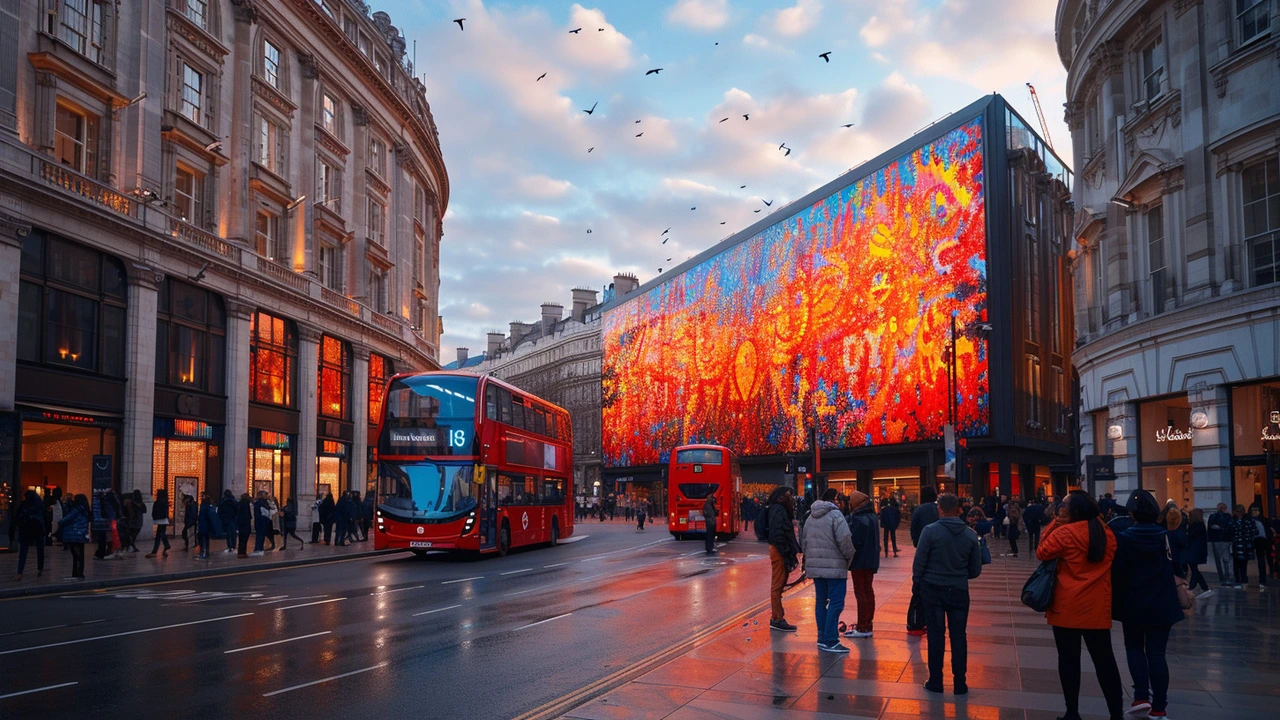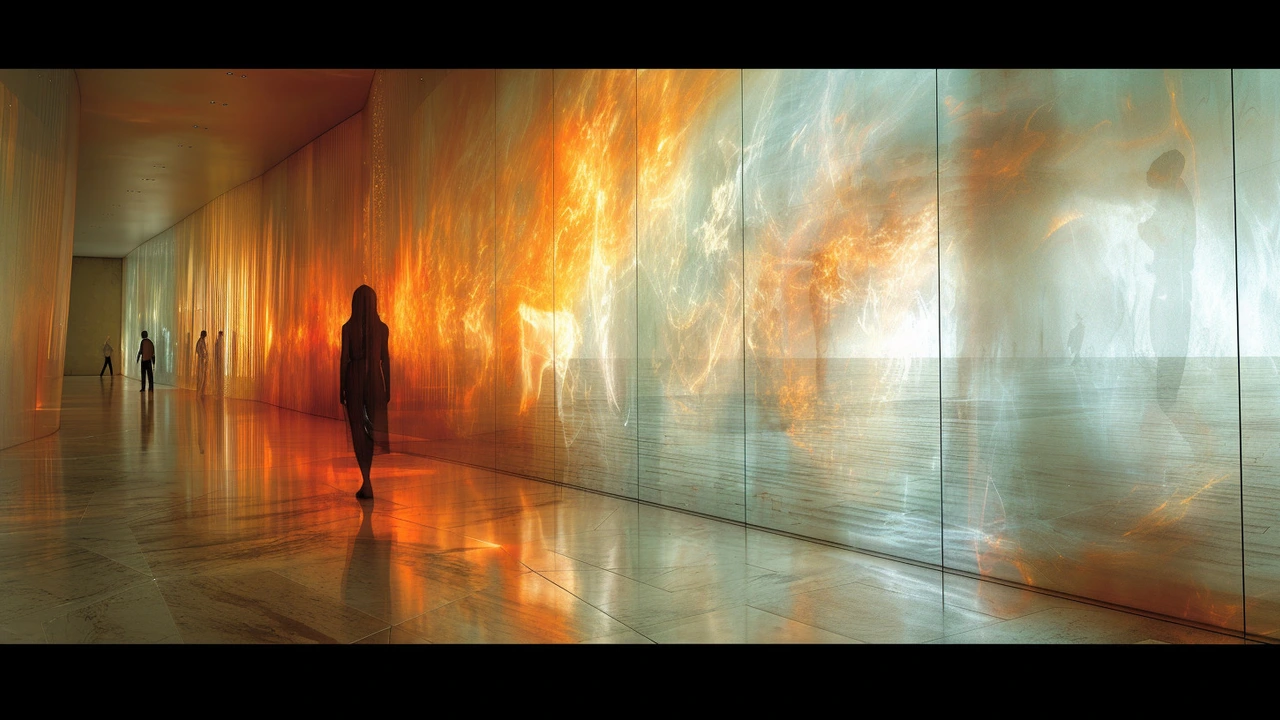Art Therapy: How Making Art Helps You Feel Better
Making art changes how you feel faster than most people expect. Research shows a single 45-minute creative session can lower stress hormones and boost mood. You don’t need talent or fancy tools—just a few materials and a space where you won’t be judged. Art therapy is less about the final picture and more about what happens while you make it.
What is art therapy? It’s a way to use drawing, painting, collage, or sculpting to explore feelings and solve problems. Licensed art therapists guide people, but you can use art practices at home to calm down, sort thoughts, or spark fresh ideas. The power comes from shifting focus from overthinking to doing something physical and visual.
Who benefits? Pretty much anyone. People coping with anxiety, grief, burnout, or life transitions often find relief. Creatives stuck in a rut use art therapy to get unstuck. Kids, teens, and older adults can all adapt simple activities to their level. The goal isn’t beauty—it's clarity, release, and small steps forward.
How to start right now
Pick one small tool: crayons, watercolors, or clay. Set a timer for 20–30 minutes. Give yourself a prompt like "current mood," "a safe place," or "a worry I can release." Work without judging the outcome—no correcting, no erasing. When time’s up, look at what you made and ask one simple question: What does this tell me about how I feel? That’s the core of the process.
Simple art therapy exercises that actually work
Feeling tense? Try rhythmic mark-making: repeat a single stroke for five minutes and notice breathing slow. Overwhelmed? Make a "thought map": write one worry at the center and sketch images or colors around it to explore related feelings. Stuck on a problem? Build a small collage of images that represent possible next steps. These exercises shift attention from rumination to sensory experience.
Keeping a regular habit helps. Try a weekly 30-minute session and track changes in mood or sleep. If you’re working with a therapist, bring your art to discuss patterns or surprises. If you prefer self-practice, pair art time with a short journal entry: note one insight and one action to try before the next session.
Materials and cost don’t matter. Start with what you have: old magazines for collages, a pen, sticky notes, or a cheap sketchbook. Public libraries and community centers often run affordable art groups if you want company. The most important thing is permission—to make a mess and to make meaning without pressure.
If you want more guided ideas, look for articles about expressive styles and activities that match your taste—photorealism can sharpen focus, while installation ideas can help explore space and boundaries. Try different approaches until something fits. The right small practice can keep you grounded and more connected to what matters.
Thinking of a therapist? Look for someone with art-therapy training and ask how they measure progress. If you’re in a group, choose a setting that feels safe and private. Small changes add up—stick with one simple practice for a month.


